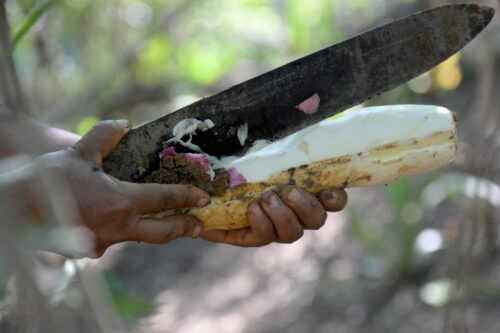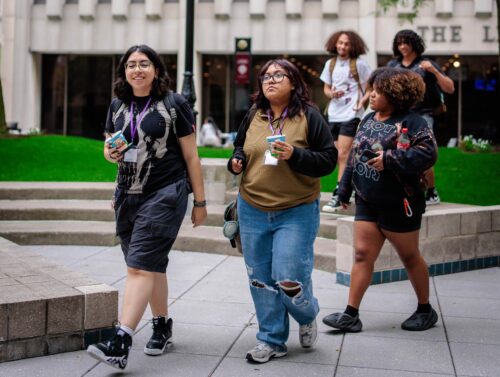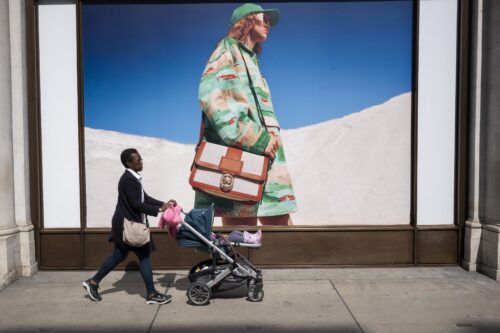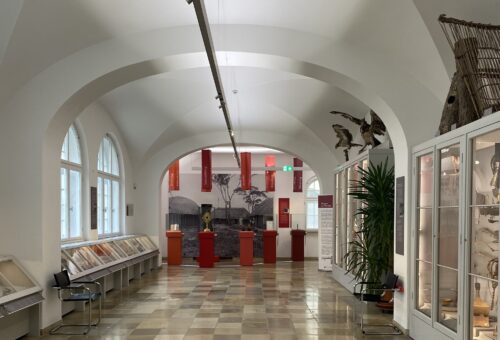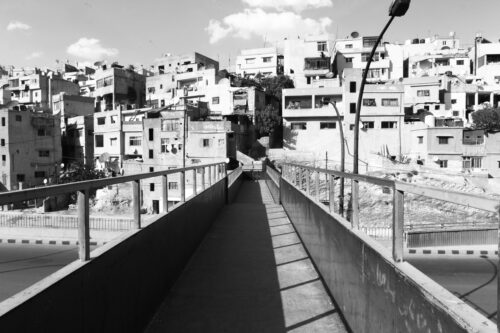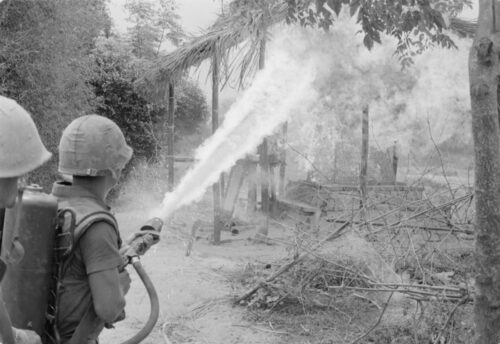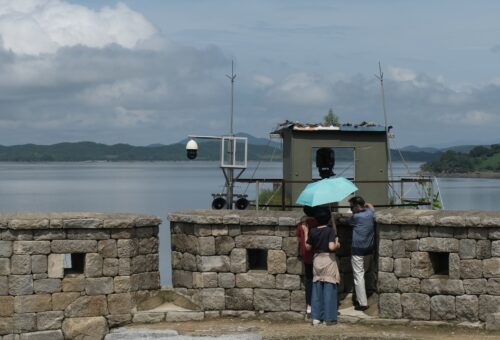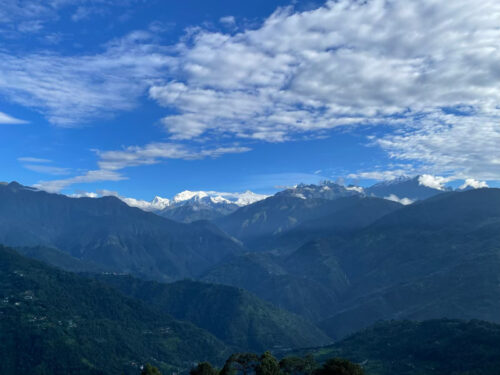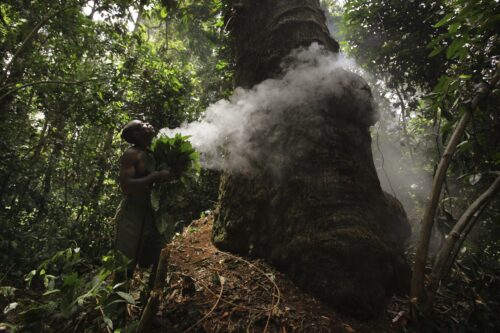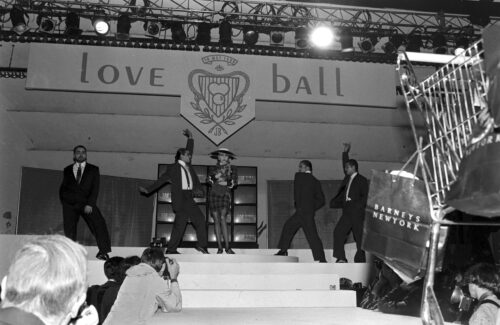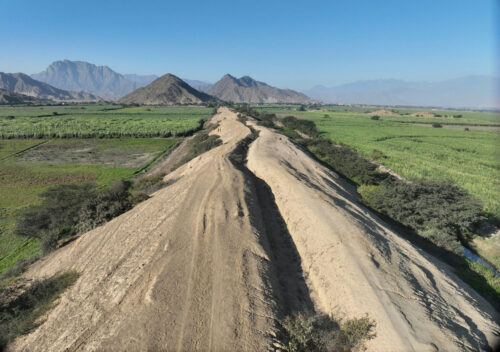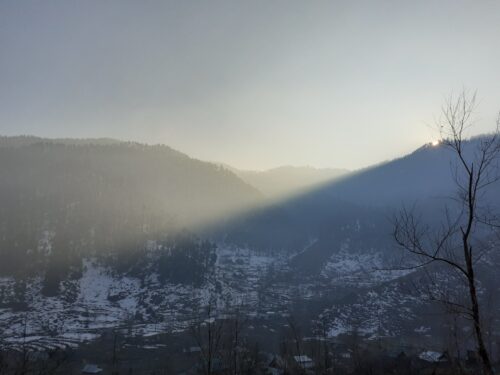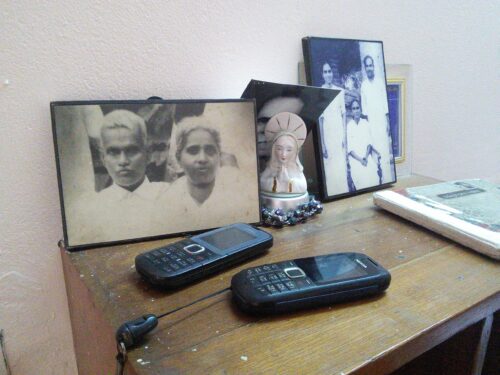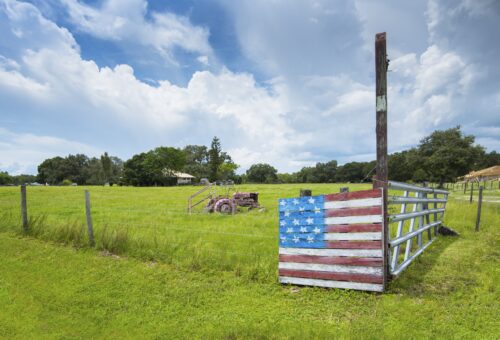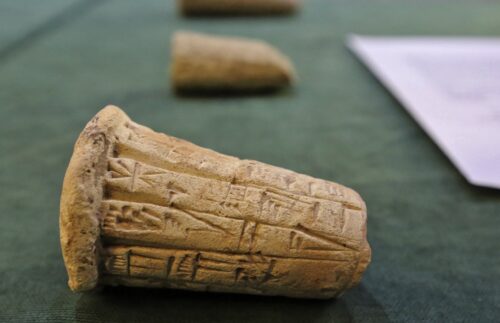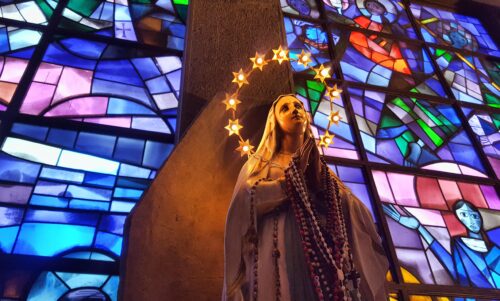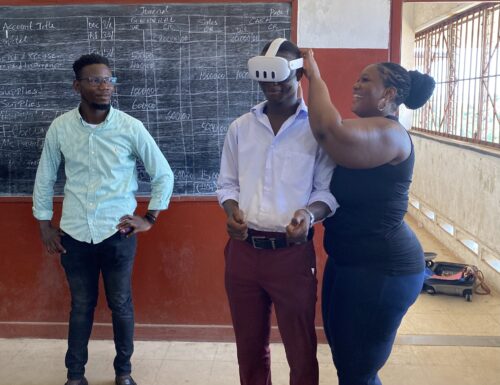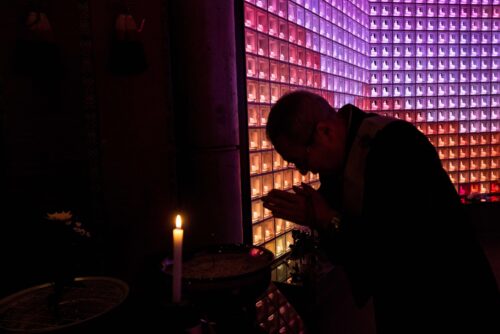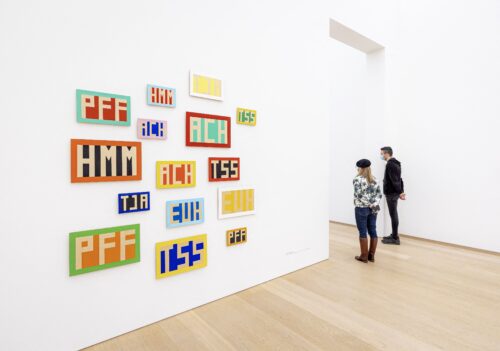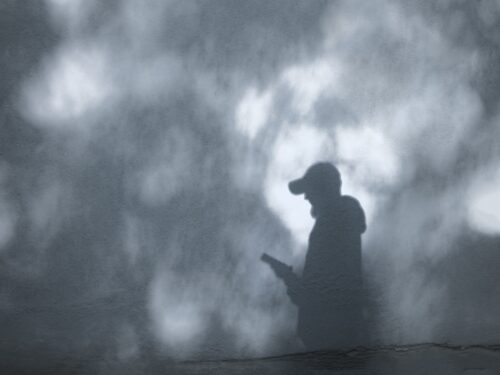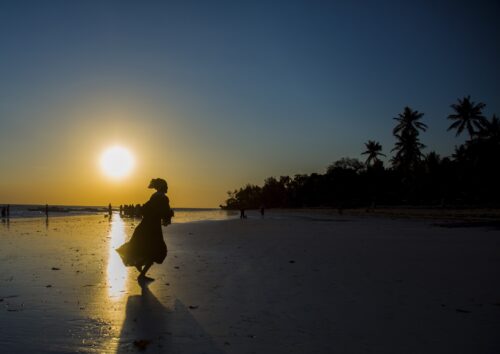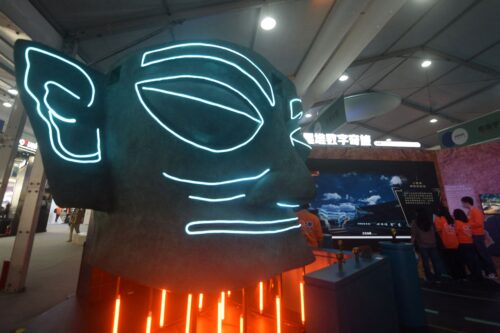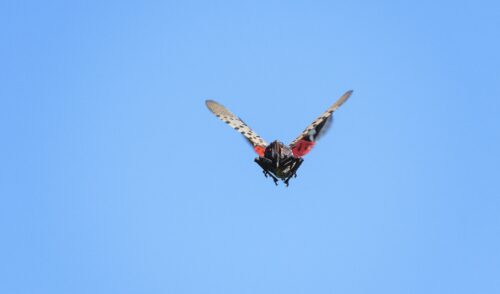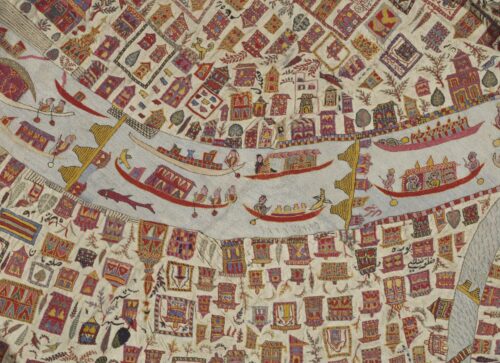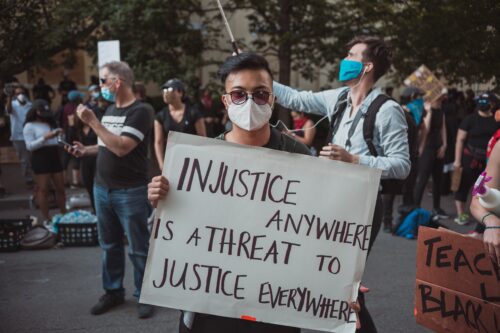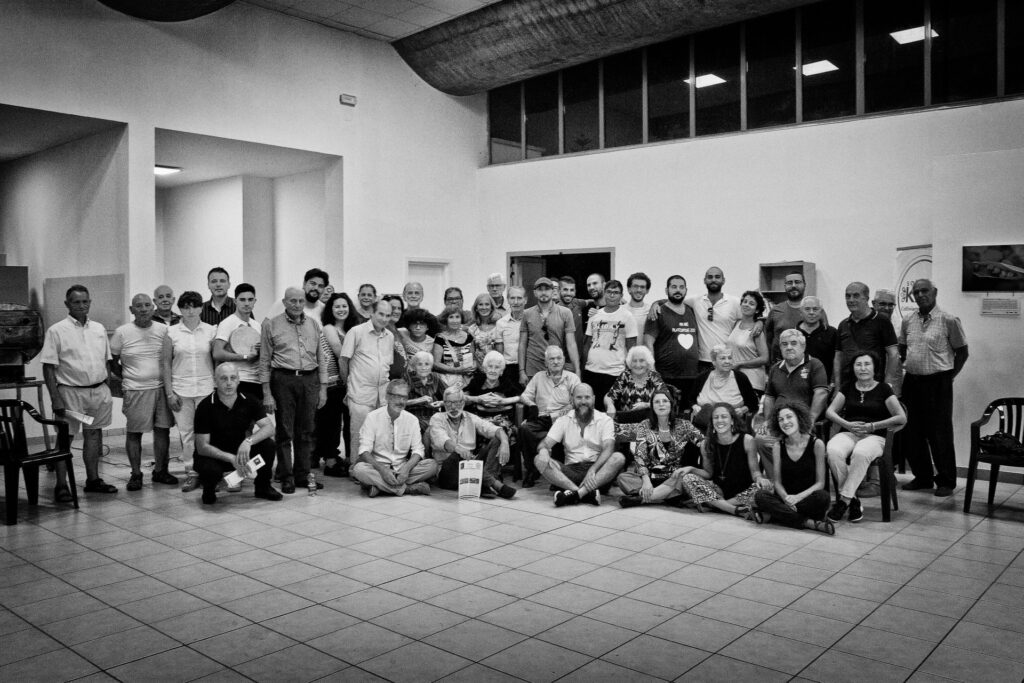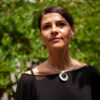Griko’s Poetic Whisper
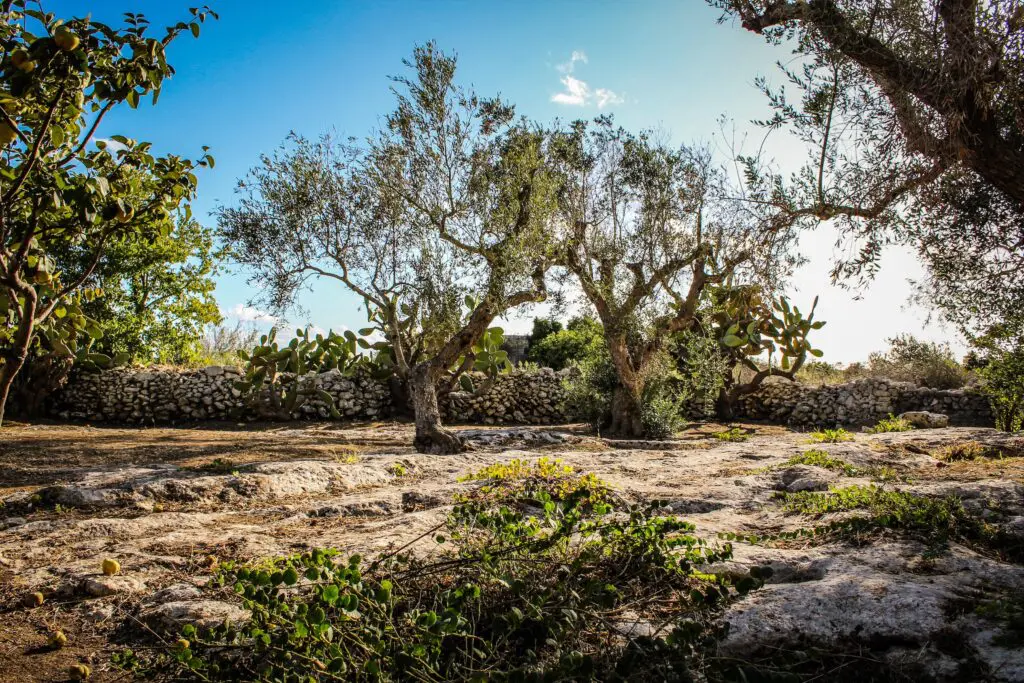
The story of the minority language Griko in Italy intertwines with the shape of my own life. Growing up, I heard this language spoken but did not, until my late 20s, learn to speak it. With that grounding, I initiated my anthropological research on the language, its history, and the current contexts of its use. Now I write poems first in Griko and translate them into Italian and English.
With Greek origins, Griko is currently only spoken in a few villages in Southern Italy, in the region of Apulia. People stopped transmitting it as a mother tongue after WWII in symbolic opposition to Italian, having believed over time in the inferiority of their language. Parents thought that teaching Italian to their children would help them live in a modern world.
Griko speakers also spoke Salentine, a local variety based on Latin. Ironically, those locals who only spoke Salentine leveraged stereotypes, painting bilingual locals as unreliable and untrustworthy, or “people with two tongues and two faces.” The history of the language and the wealth of its origins in Greek were largely ignored.
In the 1990s, that changed. As I discuss in my 2021 book Greek Language, Italian Landscape: Griko and the Re-storying of a Linguistic Minority, cultural associations and other activist groups worked for decades to revive the language. In 1999, it was officially recognized as one among the 12 historical minority languages on Italian soil. In my work, I highlight the interplay of language ideologies and policies promoted by the EU, Italy, and also Greece to protect Griko. In addition, I shed light on how locals, interacting with these legal and symbolic changes, have renegotiated their feelings and perceptions about their language.
I also stress how Griko has had breath and life in poetry. Indeed, it has reached us today in part through poems composed by locals who often see it as a language of the past. In Griko poetry, people feel they can best express timeless emotions and feelings. By contrast, they use other languages to describe modern life. So though you may not hear Griko in daily conversations, you can listen to Griko speakers recite their poetry as part of festivals or as shared on social media. These poets draw from a long, widespread tradition that authentically expresses the poetic lineage of the language.
My own poems in Griko pull from this tradition; they also reflect my anthropological research and my own experience. In one of my poems below, “Yet It Burns,” I speak to the material presence of Griko over time—that is, of its sounds and form, which are linked to locals’ lived experiences and memories of language use. I also incorporate symbols from the local landscape. In my second poem, “We Were Told, They Now Say,” I weave in quotes collected during my year-long ethnographic research in Southern Italy and Greece, which started in 2006.
As the granddaughter and daughter of Griko speakers, I see my research and poetry as activism. On one hand, I use anthropology as a tool to step back and engage critically with the past and present of this language. On the other hand, I lean into poetry to step back in. Through their integration, I paint different textures, feelings, and sensations to reflect on the interplay of language, experiential knowledge, and the environment. In this way, my poems speak to the apparent timelessness and constant change of this language and landscape.
Yet It Burns
Land of water
kneaded with air,
of old headscarves,
black and tight,
[1]
[1]
As a local custom, women used to wear black headscarves as a sign of mourning. This is my visual rendering of the stereotypical representation of a timeless South of Italy that is still immersed in its ever-present past.
Land of olive trees
under the dew
breathing
and bleeding
watchtowers
[2]
[2]
Locals say olive trees are “monuments of the landscape” and “living creatures/relatives.” These precious trees have been affected by Xylella bacteria, which leads them to progressively dry out and die.
Land of sweet tongues,
seeded and weaved together
by the time.
[3]
[3]
This area is a multilingual environment in which Griko and Salentine have been coexisting and influencing each other for centuries.
Land of wild voices
loved and silenced,
still with a mouth
Embellished land,
but knives cut our sea;
red is our wind
[4]
[4]
The revival of Griko has made the area a destination of cultural tourism. Yet this takes place against the backdrop of environmental issues that stem from the Trans Adriatic Pipeline and Europe’s largest steel factory near the Apulian city of Taranto, among other polluters. The factory remains open despite being ordered to close, since its fumes are linked to a high percentage of cancer-related deaths in the area.
spider webs in our hands,
of bitter honey.
[5]
[5]
The annual music festival La Notte della Taranta (the Night of the Tarantula) is a major event on the international music scene. The festival capitalizes on the seductive phenomenon of tarantism, the ritual in which the music of pizzica tarantata was used therapeutically to cure the “tarantate.” Through this ritual, women who claimed to have been bitten by the tarantula manifested their existential suffering and psychological discomfort. By subverting the long-standing negative connotation of language (Griko) and music (pizzica) as signs of a backward past, these now symbolize the local identity and are trademarks of the area. Yet locals are confronted with the contradictory effects and sweet-sour taste of the revival.
And we wait for the sun,
yet it races off.
And we wait under the sun,
yet it burns.
[6]
[6]
The revival has also generated contradictions and tensions inside the community, exposing local struggles over the management of cultural heritage, who retains authority over it, and what defines it.
And so I write,
ash and tears are my ink,
a pen is my key,
my bedsheets are my paper.
[7]
[7]
I reflect on my position as a “native anthropologist” who finds writing about/in Griko painful and yet healing.
We Were Told, They Now Say
Every name
has a body
made out of iron
or out of wax.
Centuries ago linguists predicted
Griko would have no life.
Full stop.
Listen now to Paolo’s bitter voice
and how he carries the language on his tongue:
“Has Griko died? May it rest in peace. Are we who write Griko then dead?
Are you then, reading it, dead?”
[8]
[8]
Griko has been defined as a “dying language” ever since it was discovered in the second half of the 19th century. Yet, despite linguists’ predictions, the language keeps being used, particularly in writing. Such a shift from an oral to a written mode of communication is fairly recent. The quote is part of an article published in the local journal Spitta and written by Paolo Di Mitri, a Griko speaker and activist.
A lonely voice?
you ask
and turn away.
No, I say,
others speak.
Antimo lives his words
as if they were carved on his old skin
“The people with two languages they’d call us. They’d say that Griko wasn’t good anymore. Now they say it’s prestigious, to put it this way.”
[9]
[9]
Through the revival of the language, speakers themselves have increasingly become aware of the value of Griko—of its uniqueness, which renders it “prestigious.”
Griko
now re-sounds
As always
So says Rocco when he crosses
that world of water dividing and uniting us:
“We come from Salento, we are the Griki from the other side of the sea,
and we speak Griko.”
Through Griko,
he and I talk
of the land
we walk on,
we talk
of the time
that has passed,
and of the time
that will come,
flying.
We are people made of the land
that wraps us, as Antonio, in Greece, describes us:
“We are not diasporic Greeks. We have always been here. We are Griki.”
[10]
[10]
Antonio, using modern Greek, clarifies that Griko speakers are not diasporic Greeks. They do not refer to Greece as a lost homeland, and they do not consider themselves ethnically different, in a modern sense, from Salentine speakers and Italians.
And so I write
that every name
has a body
made out of iron
or out of wax
but that this language always
needs more
than a single voice
to further walk.
Editors’ Note: “We Were Told, They Now Say” was accepted as part of the To Be—Named project, which focuses on political aspects of naming as a key aspect in which identity is represented.
